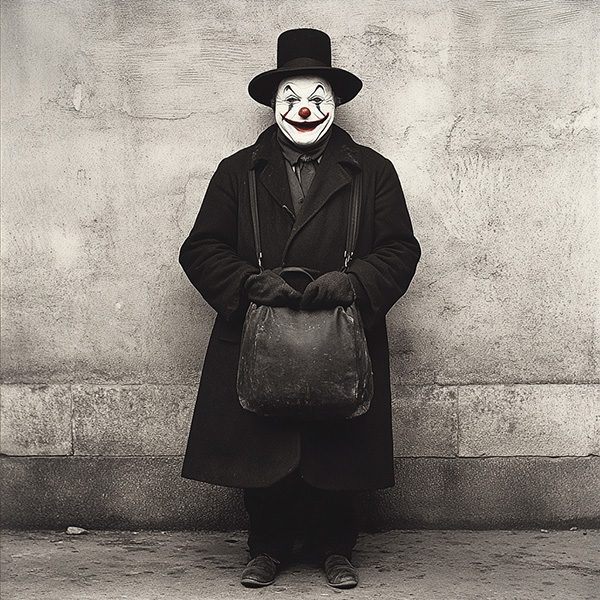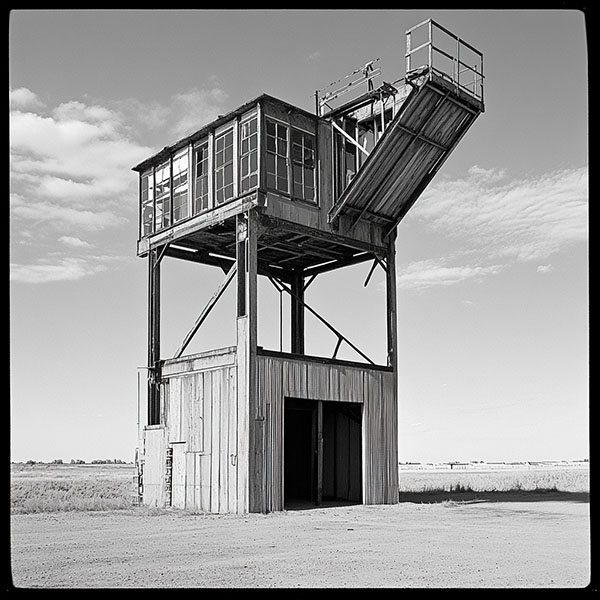The Illusion That Everything Has Been Done
It’s easy to feel like every possible photograph has already been taken. Landscapes, portraits, street scenes—centuries of imagery fill galleries, books, and social media. But originality isn’t just about what you photograph—it’s about how you see, why you shoot, and the unique perspective you bring.
The history of photography is full of artists who broke conventions by seeing the world differently. They didn’t just capture reality—they redefined it. So how can you, as a photographer, find fresh ground in a world where it seems everything has been shot before?
Photographers Who Redefined the Art Through Originality
1. Man Ray – Surrealism & Experimental Techniques
Man Ray didn’t just take photos—he transformed them. His rayographs (photograms made without a camera) and solarized portraits pushed photography into the realm of fine art, proving that the medium could be as abstract as painting.
Lesson: Experiment with techniques beyond the camera—play with light, chemistry, and digital manipulation to create something unexpected.
2. Diane Arbus – Portraits of the Unseen
While portrait photography was (and still is) dominated by beauty and glamour, Arbus sought out society’s outsiders—circus performers, transgender individuals, people with disabilities. Her unflinching gaze made the marginalized visible.
Lesson: Look for subjects others ignore. Authenticity and empathy can make even familiar themes feel new.
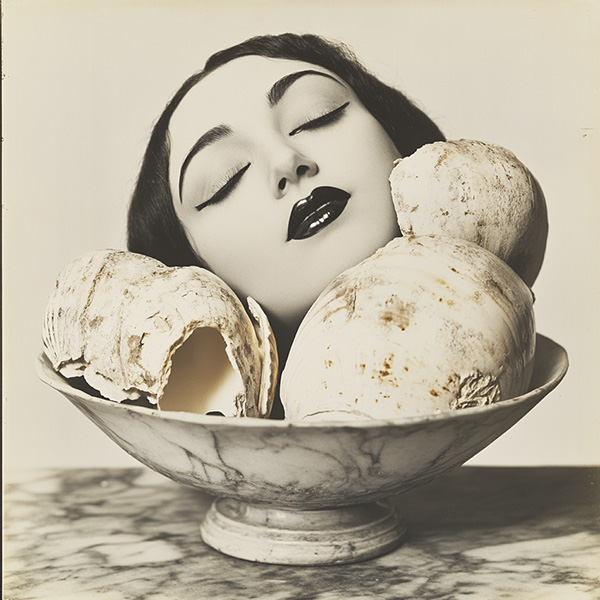
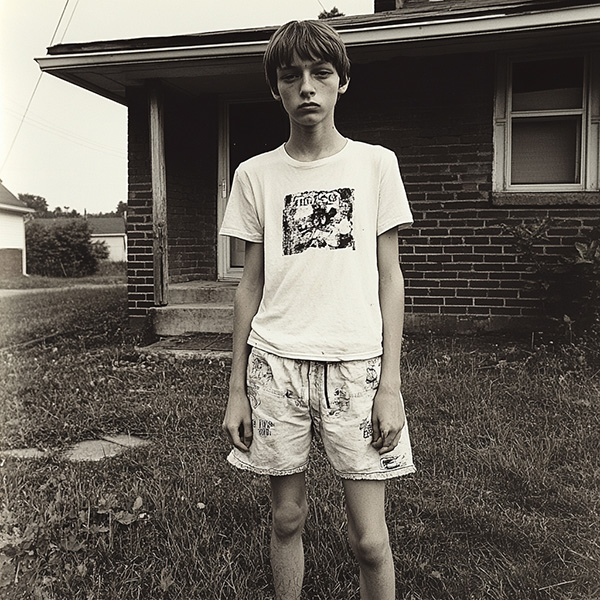
3. Fan Ho – Mastering Light & Shadow in Street Photography
Fan Ho’s Hong Kong street scenes are timeless because of his mastery of geometry and chiaroscuro. He didn’t just document the city—he turned it into a cinematic dreamscape.
Lesson: Even ordinary scenes can become extraordinary with a strong sense of composition and light.
4. Andreas Gursky – The Grand Scale of Modernity
Gursky’s hyper-detailed, large-format images of supermarkets, stock exchanges, and landscapes redefined documentary photography as something monumental. His work forces viewers to see the world from a new, almost overwhelming perspective.
Lesson: Change your perspective—shoot from unusual angles, use extreme scales, or stitch images to create something immersive.
5. Cindy Sherman – The Chameleon of Self-Portraiture
Sherman didn’t just take self-portraits—she became different characters, exploring identity, gender, and media tropes. Her work blurred the line between photography and performance art.
Lesson: Use photography to tell a story, even if you’re the subject. Role-playing and staged narratives can open new creative doors.


How to Find Your Own Original Voice
1. Shoot What Fascinates You (Not Just What’s Popular)
Originality starts with personal obsession. What do you find yourself constantly noticing? Maybe it’s textures, reflections, or fleeting moments of human interaction. Chase that curiosity.
2. Combine Genres
Why stick to one style? Blend documentary with surrealism, or portraiture with abstract photography. Cross-pollination breeds innovation.
3. Use Constraints to Spark Creativity
Limit yourself to one lens, one location, or one color palette. Restrictions force you to see differently.
4. Reinterpret Old Techniques
Wet plate collodion, double exposures, or infrared photography—many “old” techniques feel fresh again when applied to modern subjects.
5. Tell a Story That Only You Can Tell
Your background, experiences, and emotions shape your vision. Lean into them. The most original work often comes from deep personal exploration.
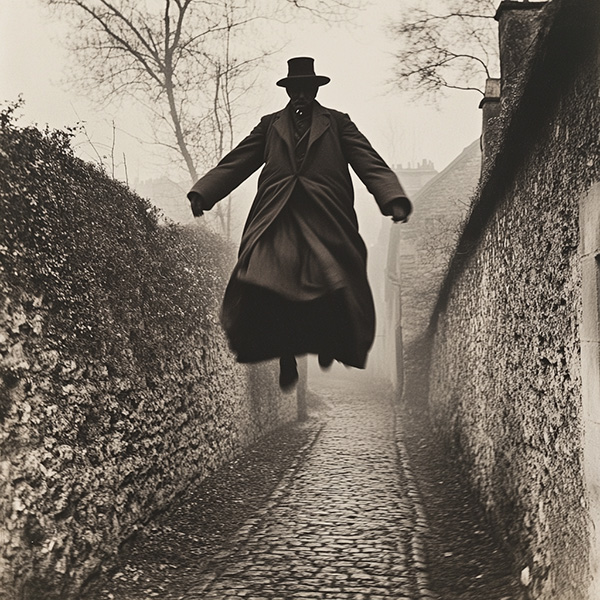
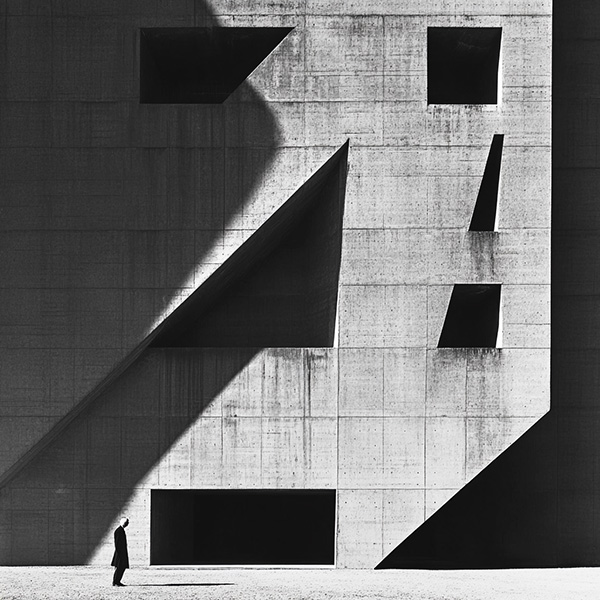
Conclusion: Originality Is a Mindset, Not a Technique
The fear that “everything has been done” is as old as art itself. But just as painters didn’t stop after the Renaissance, photographers shouldn’t feel limited by the past. The key is to shoot with intention, curiosity, and a willingness to break rules.
The next groundbreaking photograph won’t come from copying trends—it will come from someone who sees the world in a way no one else does. That could be you.

